The presence of green water in pools occurs frequently among pool owners because algae grows in their pools. Pool algae removal requires immediate attention because it directly affects both the cleanliness and safety of swimming environments. The presence of algae in swimming pools creates both visual problems and health hazards that require immediate intervention.
The prevention of algae growth depends on regular pool maintenance which leads to clear water. Pool owners who maintain regular cleaning practices together with chemical balance will successfully fight pool algae growth to prevent green water conditions. The key to having a safe and attractive pool rests on proper pool algae removal practices alongside regular maintenance procedures.
| Table of Contents What Causes Pool Algae? How to Get Rid of Pool Algae Pool Algae Prevention Tips Cost of Pool Maintenance for Algae Prevention |
What Causes Pool Algae?
Pool algae frequently appear in swimming pools and cause both clarity and cleanliness problems. Learning about pool algae origins enables you to establish preventive measures for maintaining your pool in excellent condition.
Poor pool filtration: Inadequate pool filtration stands as the main reason pool algae develops. The water filtration system becomes unable to properly eliminate debris dirt and algae spores when it operates improperly. The environment becomes ideal for algae growth because of poor filtration which occurs most strongly in warm temperatures and stagnant water.
Inadequate pool circulation: The quality of pool water depends heavily on sufficient water circulation throughout the entire pool area. The absence of proper water circulation allows stagnant pool areas to develop which create perfect conditions for algae growth.
Lack of proper pool cleaning: Regular pool cleaning must happen because organic materials and leaves along with debris create environments where algae easily grow. The accumulation of unwanted materials becomes possible when pool cleaning occurs infrequently because this creates the ideal conditions for algae growth.
Insufficient sanitization: The inadequate use of pool water sanitizers leads to algae development in swimming pools. The proper amounts of chlorine or other sanitizers serve as essential agents for bacterial elimination while stopping algae multiplication.
How to Get Rid of Pool Algae
Green algae together with yellow algae and black algae represent the different types of algae that can appear in pools. Green algae stands as the main source of green pool water therefore it requires attention first. The level of green algae infestation determines your next steps so you can choose the correct treatment method.
Perform a thorough pool cleaning: Skim the surface, remove leaves, and use a vacuum to clean the bottom. Afterward, brush the pool walls and floor to dislodge any existing algae. This step is vital for the effectiveness of subsequent treatments and will help combat green pool water issues.
Pool shock and water treatment: Shocking your pool raises the chlorine levels significantly, which is effective in eliminating the algae and restoring clarity. When using pool shock products, follow the manufacturer's instructions for dosage and application to ensure effectiveness.
Balance pool water chemistry: Check and adjust your pool’s pH, chlorine, and alkalinity levels regularly. A balanced pool environment is less hospitable to algae, particularly for green pool water.
Enhance filtration and circulation: Improving pool filtration and circulation can further aid in eliminating algae and preventing its return. Clean or replace filters as needed to ensure optimal performance, and ensure that pumps are running efficiently.
The application of algaecides serves as a pool algae control method after finishing pool cleaning and shocking procedures. Use the algaecide solution according to manufacturer instructions after the pool chlorine levels return to normal.
Transform Your Pool with These Innovative Equipment Solutions
Pool Algae Prevention Tips
Tip | Description |
Regular pool maintenance and cleaning | A regular cleaning schedule must remove all debris together with leaves and organic matter from the pool. The process involves skimming the surface as well as vacuuming the floor and wall brushing. |
Maintaining consistent pool filtration and circulation | Ensure proper filtration and cleaning of the system. Run the pool pump for 8-12 hours a day to maintain proper water flow and prevent stagnant areas. |
Regularly shocking the pool | Chlorine shock treatments raise chlorine levels to kill existing algae and prevent their return. Shock after heavy use or rainstorms. |
Keeping pool water balanced | Regularly test and adjust pH, alkalinity, and chlorine levels. A balanced pool deters algae growth and promotes effective filtration and circulation. |
Cost of Pool Maintenance for Algae Prevention
A clean healthy pool requires active maintenance, especially for stopping algae development. The knowledge of ongoing pool maintenance expenses for algae prevention enables budget planning to determine whether you should proactively care for your pool or wait for extensive algae growth that leads to skyrocketing pool algae removal costs.
Regular cleaning and brushing: Cleaning helps prevent algae buildup. The maintenance of water quality depends heavily on wall brushing and vacuuming operations.
Cost: $50 - $100 per month
Chemical treatments: The pool requires chlorine algaecides and pH-balancing agents as part of its chemical treatment system. Pools that use algaecides regularly throughout the summer months will stop algae from growing.
Cost: $30 - $150 per month
Filtration and water circulation: Operating the pool filter system every day remains crucial to achieve water circulation and eliminate algae spore contamination.
Cost: $20 - $75 per month
Water testing: Water chemistry testing regularly enables safe swimming conditions while simultaneously stopping algae from growing.
Cost: $10 - $20 per test
Pool Care Made Easy Top Cleaning Tools You Need
A clean and safe swimming environment depends on effective pool algae treatment combined with proper pool algae control methods. Regular pool cleaning together with effective pool water balancing and efficient pool filtration systems should be included in your maintenance schedule to prevent algae growth. Every pool owner should establish a commitment to perform their pool maintenance activities regularly. The combination of these essential areas will keep your pool free of algae while improving your swimming experience and extending your pool's lifespan.
FAQs
How to get rid of pool algae in the fastest way?
To remove pool algae quickly, scrub affected areas with a pool brush, apply a chlorine shock treatment and run the pool filter continuously to clear debris and dead algae.
Is pool algae harmful to humans, and how to prevent it from recurring?
While pool algae are not typically harmful to humans, they can harbor bacteria that may cause health issues. To prevent algae from recurring, maintain proper water chemistry, clean the pool regularly, and use algaecides or phosphate removers as needed.
What are some tips for reducing pool maintenance costs without compromising safety?
To reduce pool maintenance costs, use a pool cover to minimize debris, ensure the filtration system is efficient, maintain balanced water chemistry to avoid costly issues, and schedule regular inspections to address problems early.
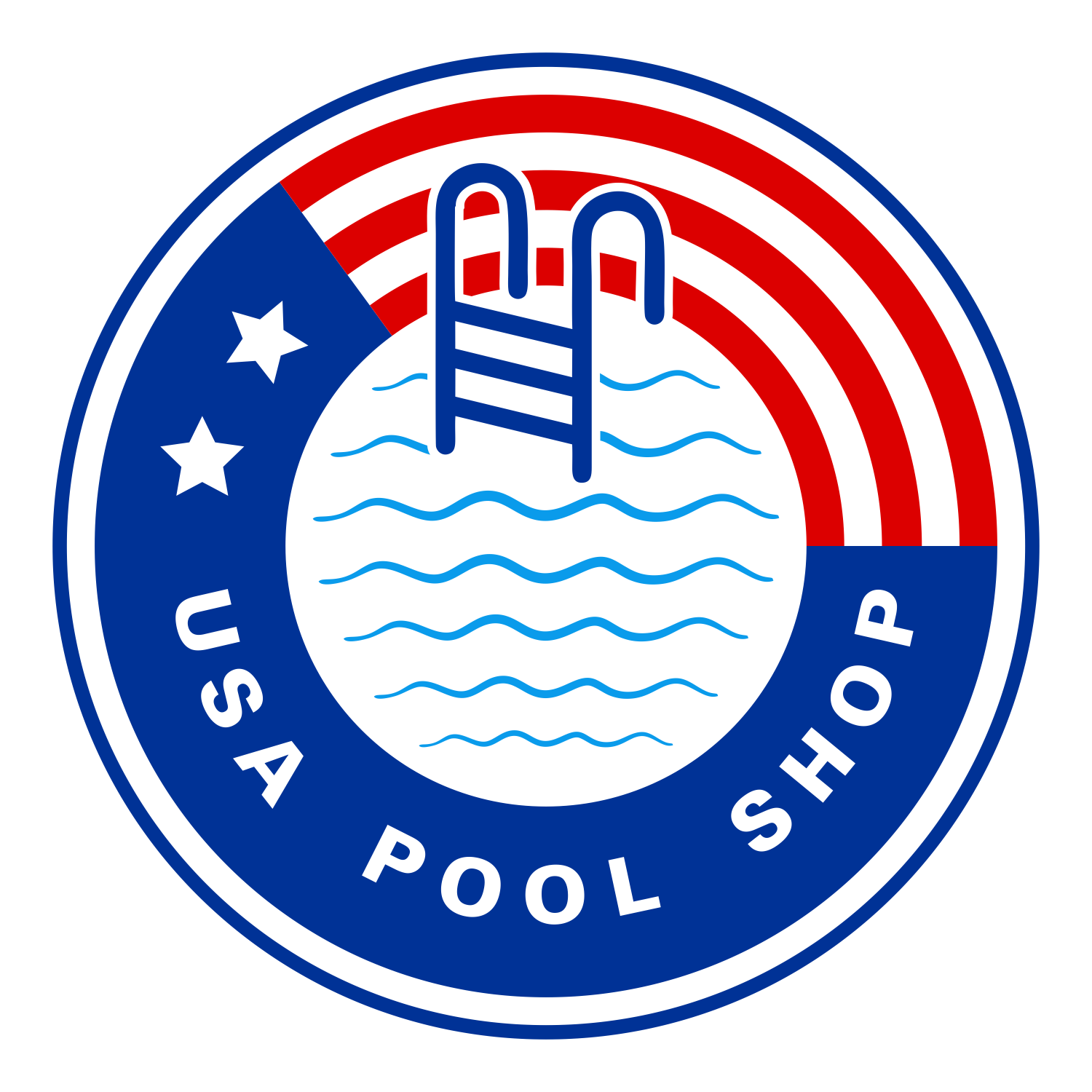
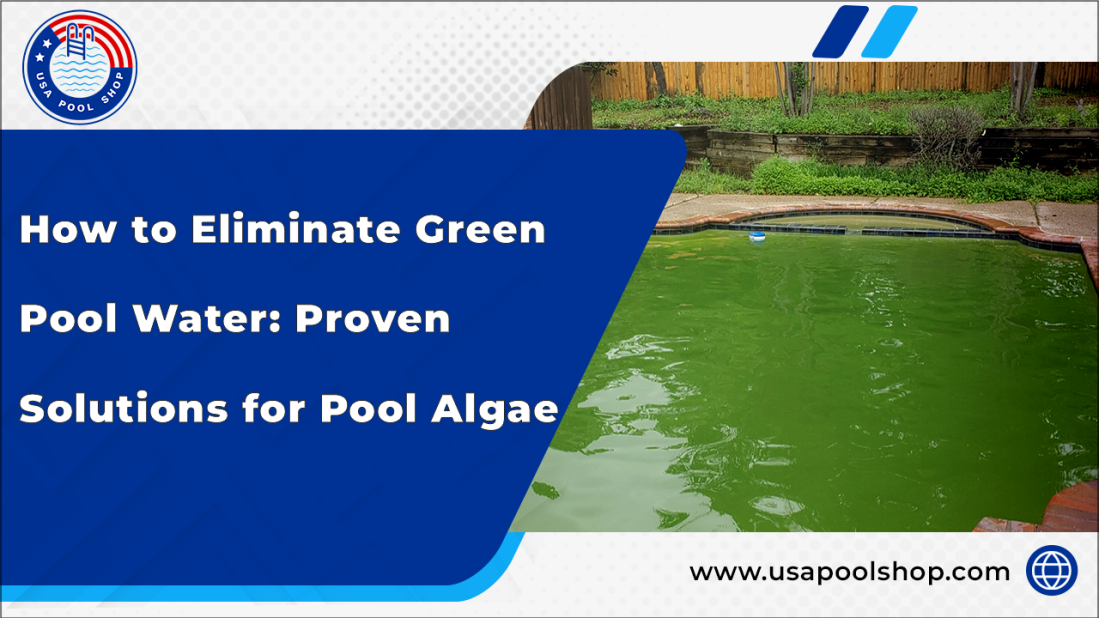
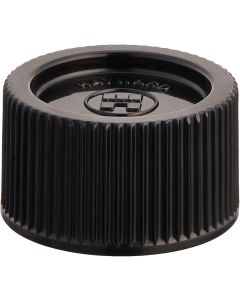
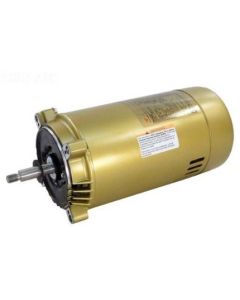
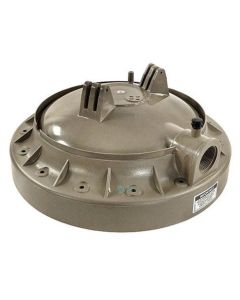
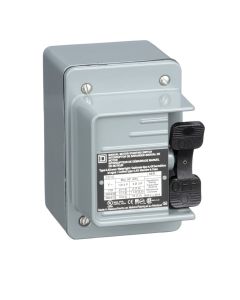
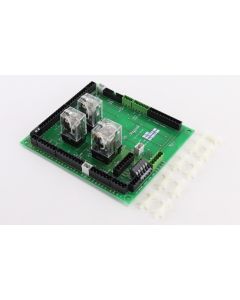


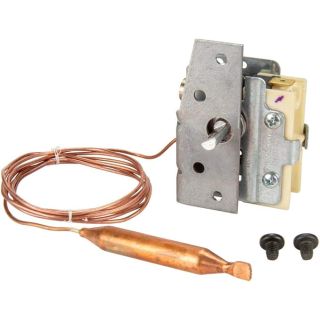
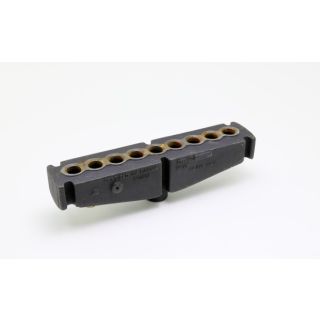
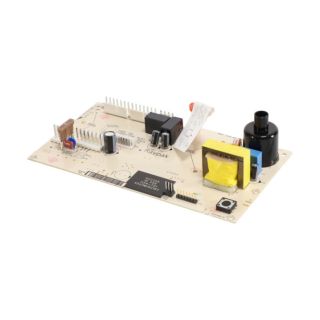
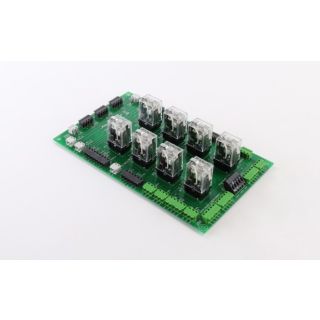
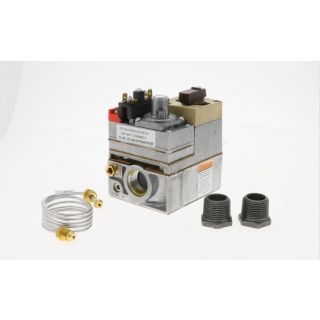
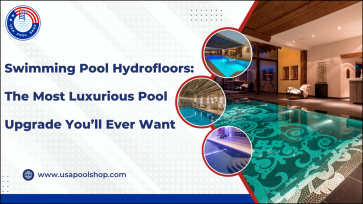
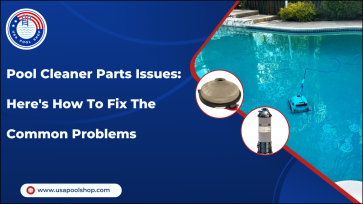
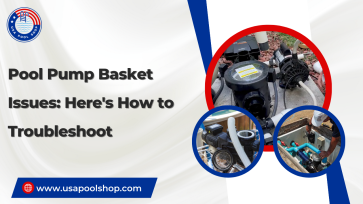
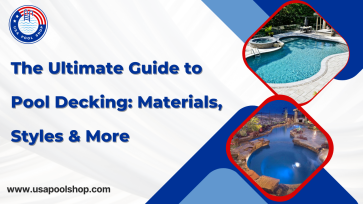
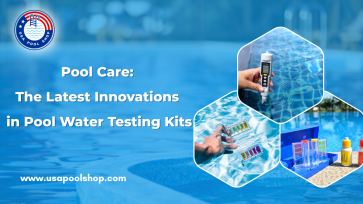
Validate your login